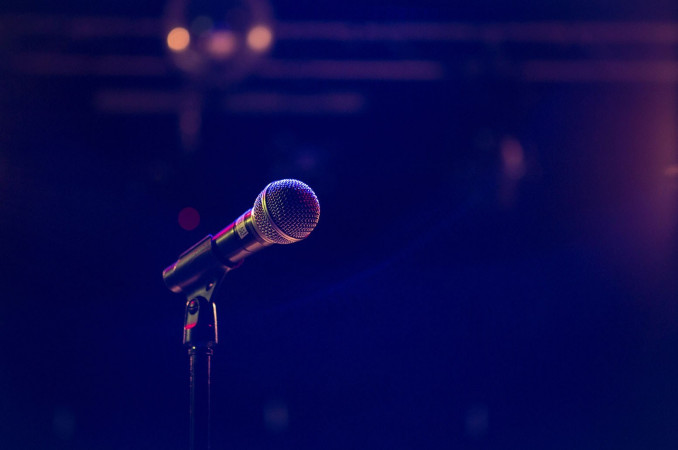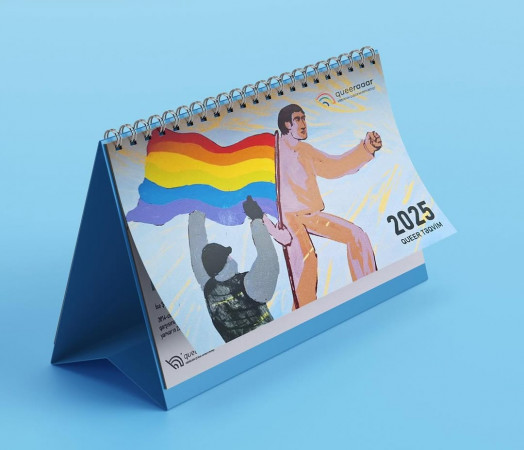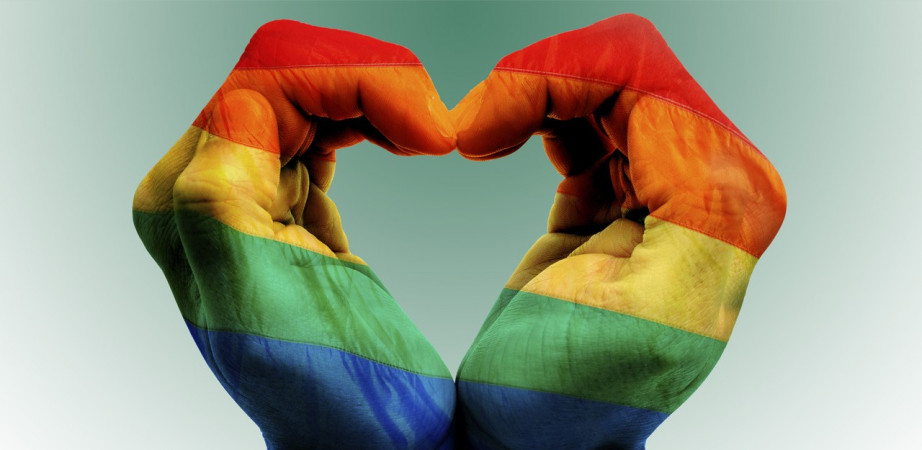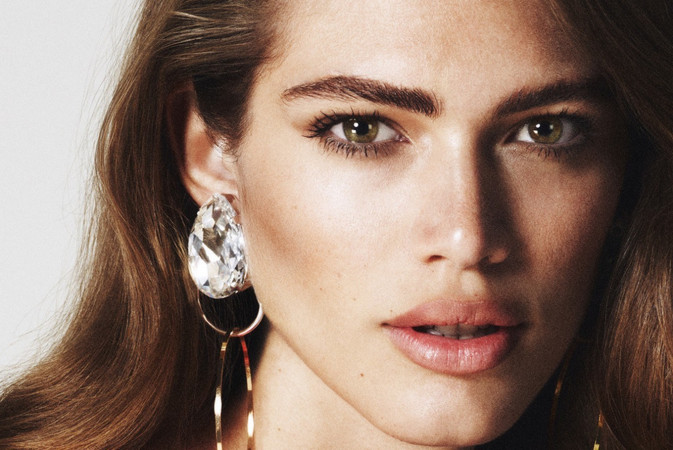Azerbaijan’s widening equality gap with Norway
From denial to decline - Azerbaijan’s widening equality gap with Norway, 2014–2025
10/Aug/25
2021
From denial to decline - Azerbaijan’s widening equality gap with Norway, 2014–2025
In June 2014, during a session of the Council of Europe Parliamentary Assembly, Norwegian MP Lise Christoffersen asked President Ilham Aliyev about Azerbaijan’s commitments to LGBTQI+ rights. His response was unequivocal:
“The rights of all groups of people are provided for in Azerbaijan; there are no restrictions. As I said, the situation with freedoms is no different from that in your country.”
At the time, ILGA-Europe’s Rainbow Index gave Norway a 68% score — one of the highest in Europe — and Azerbaijan 7%, among the very lowest.
2014: Already worlds apart
Norway had full marriage equality, comprehensive anti-discrimination laws, legal gender recognition, and hate crime protections. Azerbaijan had none of these protections in law, and LGBTQI+ organisations operated in a fragile civic space.
2025: Gap wider than ever
Ten years later, Norway’s legal framework has expanded to include stronger protections for trans and intersex people, while Azerbaijan’s score has fallen to 2.25% — reflecting not just stagnation but relative decline as new equality standards emerged across Europe.
Norway (2025):
Maintained marriage equality & adoption rights.
Legal gender recognition based on self-determination.
Bans on non-consensual intersex surgeries.
Strong civic space protections.
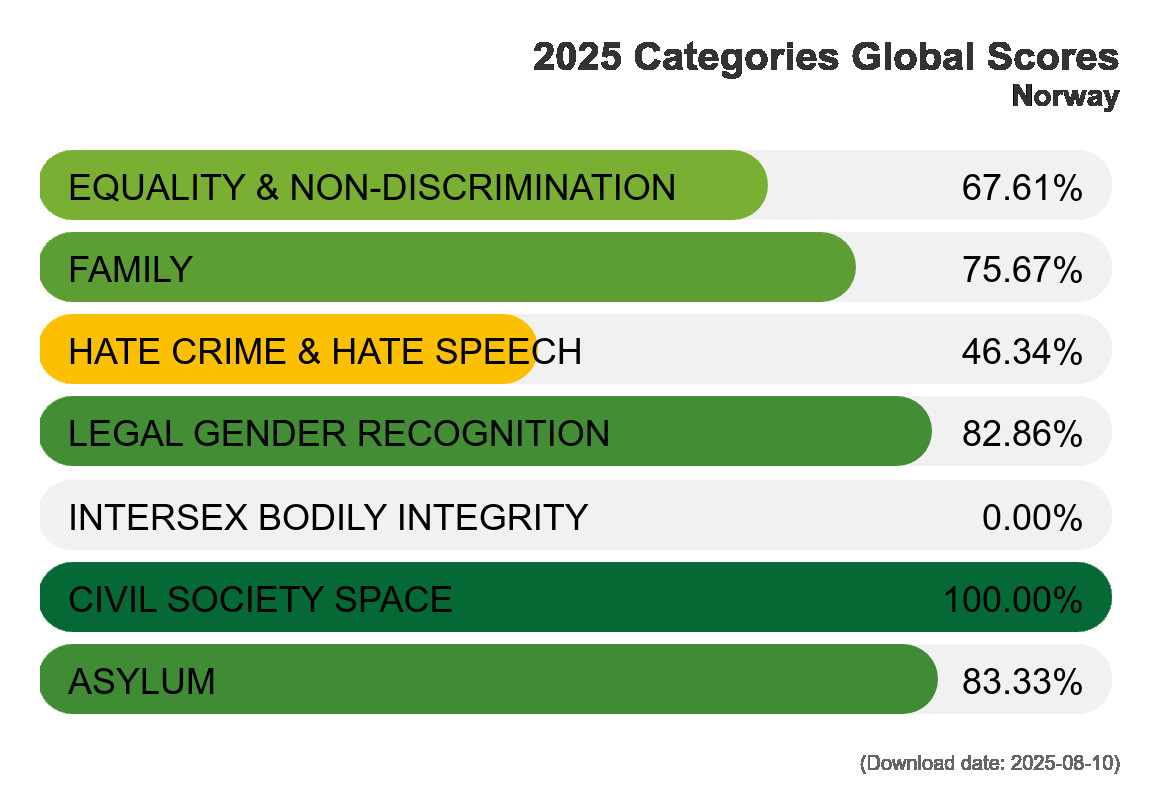
Azerbaijan (2025):
No recognition of same-sex relationships.
No anti-discrimination law for sexual orientation, gender identity, or sex characteristics.
No hate crime or hate speech protections.
No gender recognition procedure.
Civic space for LGBTQI+ activism is severely restricted.
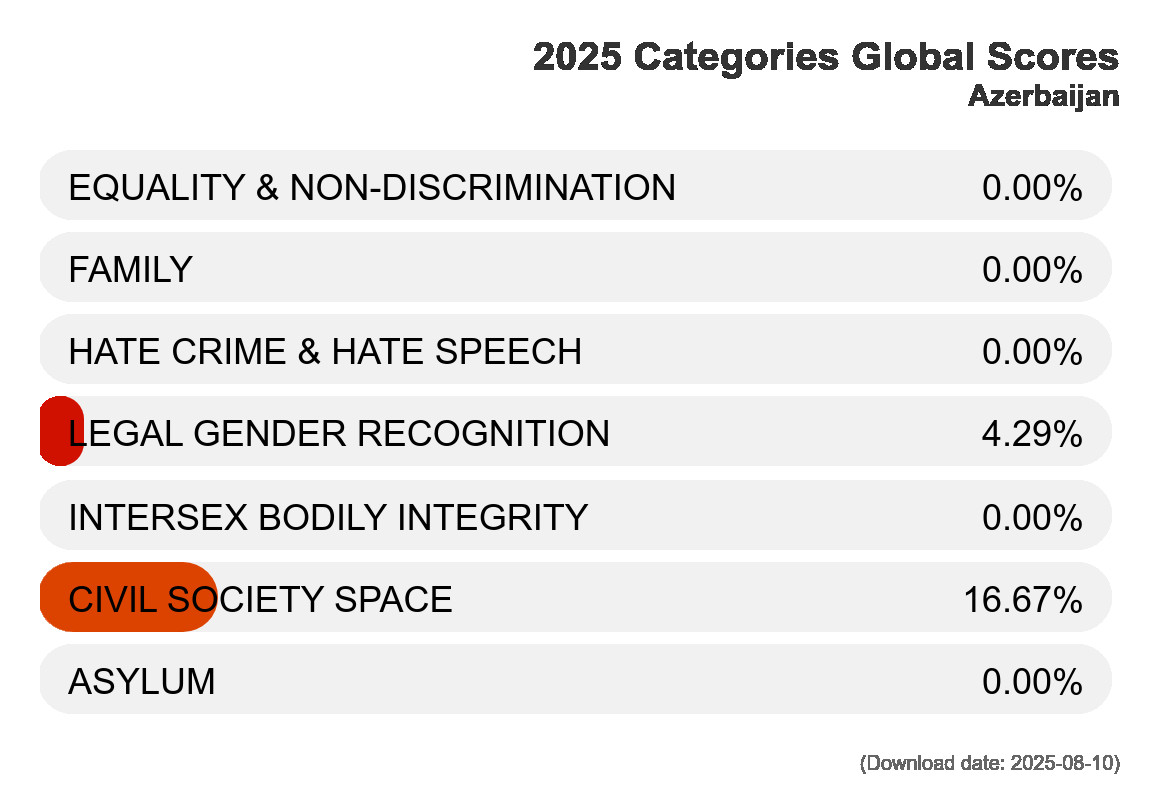
Decade of divergence
The assertion that the two countries’ situations were “the same” was untrue in 2014; by 2025, the gulf has only grown. Norway remains a leader in LGBTQI+ equality, while Azerbaijan stands at the bottom of Europe’s rankings — the last place to claim parity.
Powered by Froala Editor
